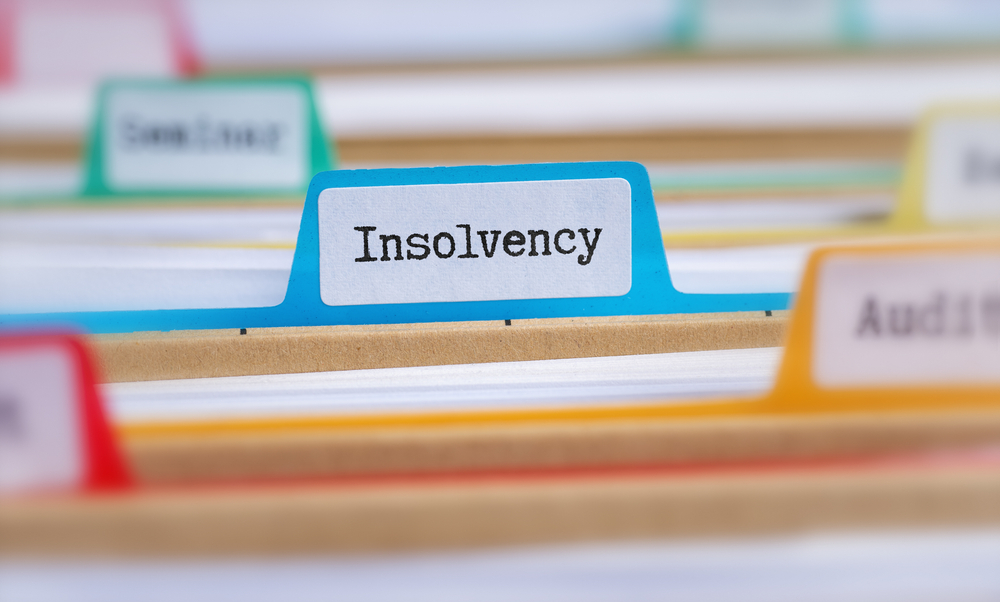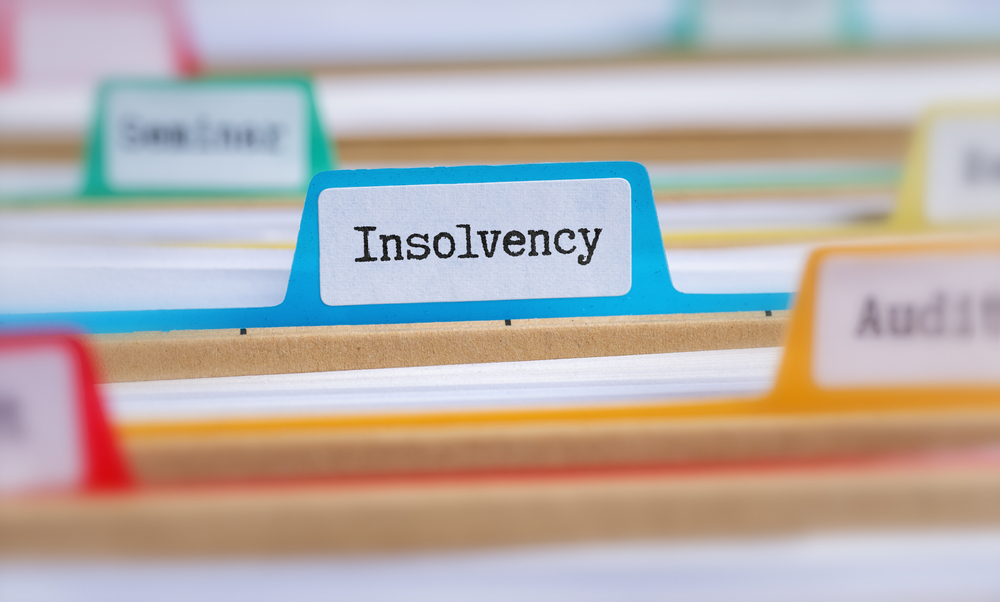
What is an Insolvency Practitioner?
- What is an Insolvency Practitioner?
- What does an Insolvency Practitioner do?
- What Qualifications Does an IP Have?
- Is an Insolvency Practitioner the Same as a Liquidator?
- What Powers Do Insolvency Practitioners Have?
- How to Choose an Insolvency Practitioner?
- Insolvency Practitioner Code of Ethics
- How Much Does an Insolvency Practitioner Cost?
- Are Insolvency Practitioners Regulated?
- How can I Complain About an IP?
- When Should I Contact an Insolvency Practitioner?
- FAQs on Insolvency Practitioners
What is an Insolvency Practitioner?
An Insolvency Practitioner (IP) is a licensed professional who specialises in managing the affairs of businesses and individuals in financial distress. These experts play a vital role in resolving complex financial situations and protecting the interests of both creditors and debtors.
Playing a multifaceted role in the UK’s insolvency landscape, an IP’s role encompasses both advisory and administrative functions. They are the linchpin in insolvency procedures such as Company Voluntary Arrangements (CVAs), Individual Voluntary Arrangements (IVAs), and bankruptcy proceedings.
The primary objective of an IP is to achieve the best possible outcome for all parties involved in an insolvency situation. This often involves balancing creditors’ interests with the potential for business rescue or personal debt resolution.

What does an Insolvency Practitioner do?
Insolvency Practitioners perform several key functions:
- Assess the financial situations of struggling businesses and individuals
- Advise on available insolvency options
- Implement chosen insolvency procedures
- Manage relations between insolvent entities and creditors
- Realise assets and distribute proceeds to creditors
- Investigate actions leading to insolvency
- Facilitate business rescue where possible
What Qualifications Does an IP Have?
In the UK, practitioners must be authorised by the Insolvency Practitioners Association (IPA) or another recognised regulatory body.
To become authorised, candidates must meet the following requirements:
- Hold a recognised professional qualification in insolvency or related fields (JIEB Exams)
- Have a minimum of two years of experience working in the insolvency industry
- Pass a fit and proper test to ensure they have the right skills and experience
- Adhere to a code of ethics and professional conduct.
Is an Insolvency Practitioner the Same as a Liquidator?
While often used interchangeably, the terms ‘Insolvency Practitioner’ and ‘liquidator’ are not synonymous.
An Insolvency Practitioner may act as a liquidator, but their scope extends beyond this single role. A liquidator, on the other hand, specifically oversees the process of winding up a company’s affairs. This involves realising assets, settling debts, and ultimately dissolving the company.
IPs can serve in multiple capacities, including:
| Role | Responsibilities |
|---|---|
| Liquidator | – Manages the winding-up of a company’s affairs, whether solvent (MVL) or insolvent (CVL). |
| – Realises and sells company assets to pay creditors. | |
| – Investigates the conduct of directors leading up to insolvency. | |
| Administrator | – Manages the affairs of a company in administration to rescue the business or achieve better creditor outcomes. |
| – Takes control of the company’s operations and negotiates with creditors. | |
| – May arrange the sale of the business or its assets. | |
| Nominee in CVA | – Assists in proposing a Company Voluntary Arrangement (CVA) to creditors. |
| – Prepares and presents the CVA proposal for debt repayment. | |
| Supervisor in CVA | – Oversees the implementation of the agreed CVA. |
| – Monitors the company’s adherence to the CVA terms and distributes payments to creditors. | |
| Trustee in Bankruptcy | – Manages the bankruptcy process for individuals. |
| – Realises personal assets and distributes proceeds to creditors. | |
| – Investigates financial conduct leading to bankruptcy. |
What Powers Do Insolvency Practitioners Have?
Insolvency practitioners have wide-ranging powers granted under the Insolvency Act 1986 and the Insolvency Rules 2016. These include:
- Selling assets
- Paying creditors
- Hiring, retaining, or dismissing employees as necessary for the administration of the estate
- Searching company files and bank records
- Calling witnesses to trace assets of the company Negotiating the sale of the company
- Proposing restructuring proposals or a CVA
- Deciding whether to honour, renegotiate, or terminate existing contracts
- Challenging and potentially reversing certain transactions made prior to insolvency
How to Choose an Insolvency Practitioner?
Choosing an insolvency practitioner is an important decision and requires careful consideration. The following are some key factors to keep in mind when selecting an insolvency practitioner:
- Qualifications and experience: Look for a practitioner authorised by a recognised regulatory body with a proven track record of managing similar cases.
- Reputation: Read online reviews and check for any complaints or disciplinary action against the practitioner.
- Fees: Don’t be afraid to ask for a breakdown of the prices and any additional costs that may be involved.
- Approach: Practitioners may have different approaches to insolvency, so make sure you choose someone whose approach aligns with your own. For example, if you’re looking for a practitioner who will take a more aggressive approach to debt collection, look for someone with a track record of doing so.
- Personal fit: Insolvency practitioners often deal with sensitive and private issues, so choosing someone you feel comfortable working with is essential. Consider whether you feel confident in their abilities and whether they are approachable and understanding.
Insolvency Practitioner Code of Ethics
The Code of Ethics for Insolvency Practitioners establishes fundamental principles of professional conduct, crucial for maintaining public trust. Key principles include:
| Principle | Description |
|---|---|
| Integrity | Be straightforward and honest in all professional dealings. |
| Objectivity | Avoid bias, conflicts of interest, and undue influence. |
| Professional Competence and Due Care | Maintain necessary skills and knowledge; provide competent services. |
| Confidentiality | Respect and protect the confidentiality of acquired information. |
| Professional Behaviour | Comply with laws and regulations; avoid actions that discredit the profession. |
How Much Does an Insolvency Practitioner Cost?
IPs are paid either a fixed fee, an hourly rate, or a percentage of the money raised to pay creditors what they are owed. In a typical small business liquidation, the cost will be between £4000 – £7000.
The money to pay the IPs comes from the funds collected to pay creditors as part of the insolvency process. Creditors must sign off on all of their fees after providing an estimate at the beginning of the procedure.
As per SIP 9 (Statement of Insolvency Practice, they have a statutory duty to be fair and transparent in their work as part of their code of ethics.
Are Insolvency Practitioners Regulated?
Yes, Insolvency Practitioners in the UK are subject to rigorous regulation. This regulatory framework ensures high standards of professional conduct and protects the interests of all parties involved in insolvency proceedings.
How can I Complain About an IP?
If you are unhappy with the service you have received from an insolvency practitioner (IP), you can complain to them directly. You should do this in writing so that you have a record of your complaint.
If you are not satisfied with the IP’s response, or if they do not respond to your complaint within a reasonable amount of time, you can complain to the professional body that they are regulated by. In the UK, this is the Insolvency Practitioners Association (IPA).
You can also complain to the Insolvency Service, which is a government agency that regulates insolvency proceedings.
To complain to the IPA, you can visit their website or call them on 020 7676 3300.
To complain to the Insolvency Service, you can visit their website or call them on 0300 678 1001.
It is important to note that the IPA and the Insolvency Service cannot investigate complaints about commercial decisions made by IPs. They can only investigate complaints about unprofessional or improper conduct.
When Should I Contact an Insolvency Practitioner?
You should contact an insolvency practitioner if you are facing financial distress and are unable to meet your financial obligations. This could include if you are:
- Unable to pay your debts on time
- Being threatened with legal action by creditors
- In danger of losing your home or business
- Struggling to cope with your finances
Insolvency practitioners can help you assess your options and develop a plan to resolve your debt issues. They can also advise you on the best course of action for your individual circumstances.
It is important to note that insolvency practitioners can only help if you are willing to be honest and open about your financial situation. They will need to see all of your financial information in order to give you the best advice.
FAQs on Insolvency Practitioners
Can my choice of insolvency practitioner be changed?
Yes, in certain circumstances, creditors have the right to request a change of insolvency practitioner. This typically occurs during the first creditors’ meeting or through a formal voting process. However, changing practitioners mid-process can be complex and may incur additional costs.
How do I find a local licensed insolvency practitioner?
You can find a local licensed insolvency practitioner through:
- The Insolvency Practitioners Association (IPA) website directory
- Professional bodies’ websites, such as ICAEW or ACCA
- Recommendations from your accountant or solicitor
- Local business networks or chambers of commerce
Are insolvency practitioners also lawyers?
Not necessarily. While some insolvency practitioners may have legal backgrounds, it’s not a requirement. IPs come from various professional backgrounds, including accountancy and business management. They must, however, pass specific insolvency qualifications.
How long does an insolvency practitioner’s appointment typically last?
The duration of an IP’s appointment varies depending on the complexity of the case and the type of insolvency procedure. It can range from a few months for straightforward liquidations to several years for complex administrations or long-term voluntary arrangements.








